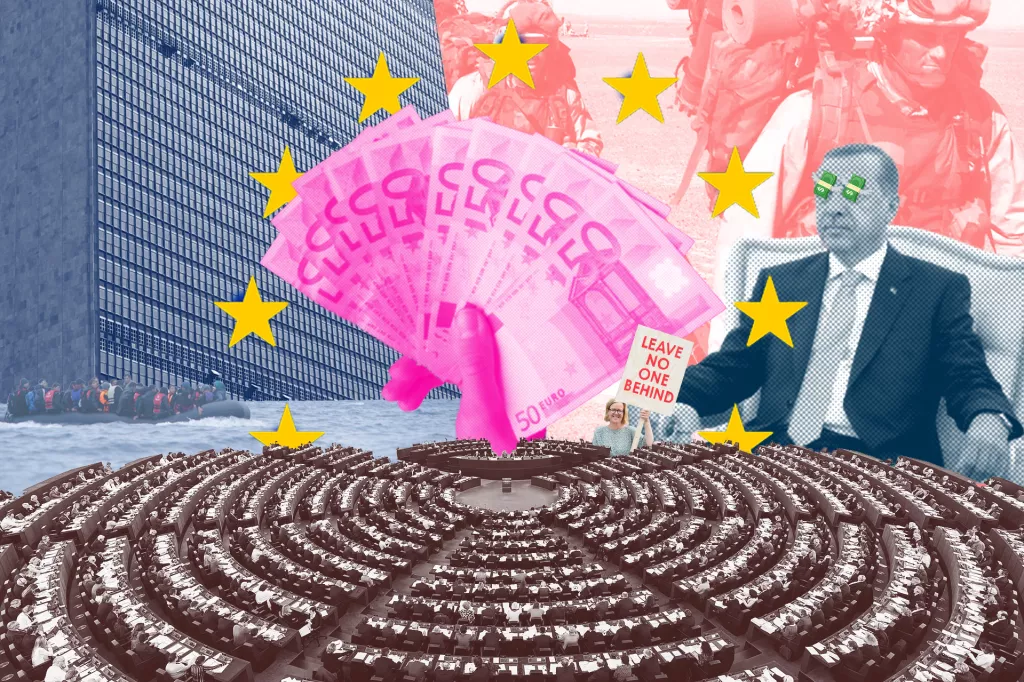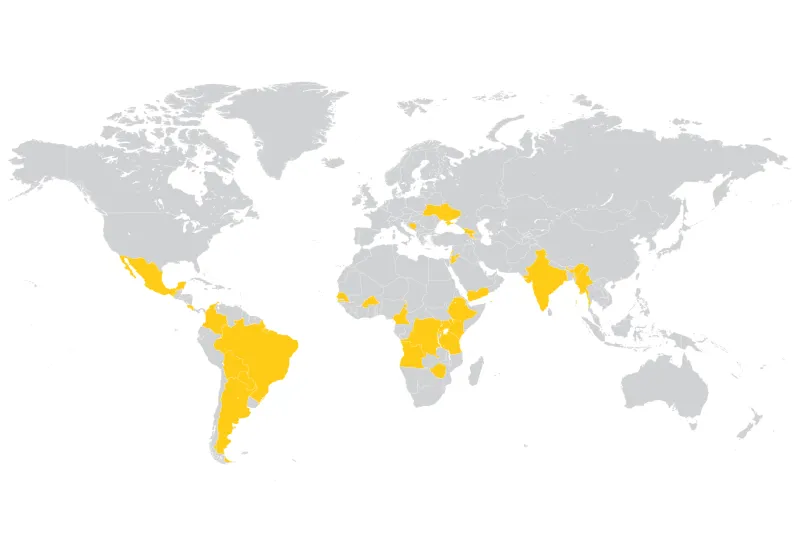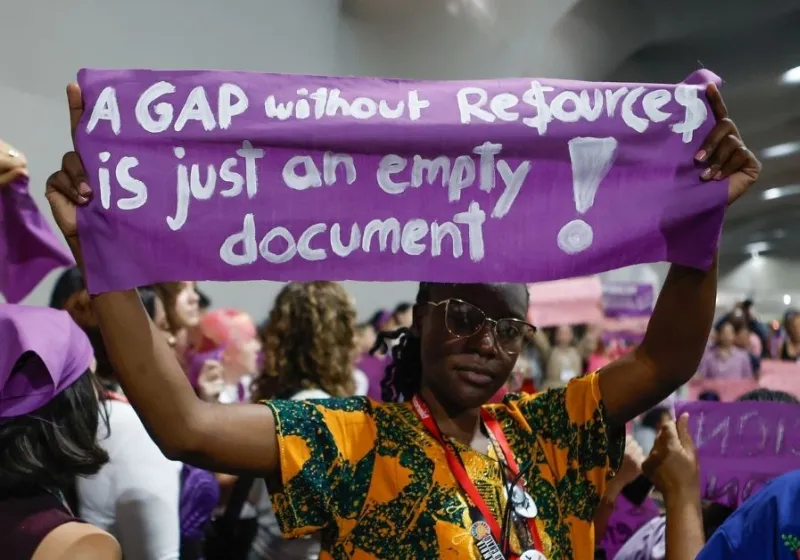Development aid to poor countries drops in 2018

Official development assistance (ODA) from DAC donors fell 2.7 percent in 2018 compared to 2017, shows preliminary data from the OECD. One of the reasons is a decrease in deductions from aid budgets to cover in-donor refugee costs.
In other words, several countries spent less aid on hosting refugees in their own countries, this because fewer refugees reached Europe.
ODA to countries with the greatest needs also dropped. Bilateral ODA to the least-developed countries increased slightly in 2017, after years of a falling trend, but in 2018 it fell again with 2.7 percent.
- This takes us another step from the promise that no one should be left behind in the implementation of the 2030 Agenda and from the goal to give 0.15-0.2 percent of GNI in aid to the least-developed countries. If we are serious about the commitment to leave no one behind, donors can't go back to the trend of down-sizing the aid to the countries and people who need it the most, says Anna Blücher, Policy Advisor at Forum Syd.
Far from reaching the goal on 0.7 percent
The total aid from DAC donor countries amounted to 0.31 percent of their combined gross national income (GNI). This is far from the target of 0.7 percent of GNI. Together with Denmark, Luxembourg, Norway and the UK, Sweden belongs to the five DAC members who reach the goal. Sweden provided 1.04 percent of GNI in development assistance in 2018 and is the country that provided most development aid per capita.
Financing for Development Forum
This week, the UN Financing for Development Forum is taking place in New York. Decision-makers gather to follow up the commitments in Addis Abeba Action Agenda and discuss how to finance sustainable development and the Global Goals through, among other things, tax revenues, aid and the private sector's investments.
- Aid plays a unique role when it comes to reaching people who are furthest behind, but it is also a limited resource. Donors therefore have a responsibility to ensure that development aid reaches the people and places that need it the most, says Anna Blücher.
Development aid is just one of several important resources to fund the implementation of the 2030 Agenda, but it is the only funding that has poverty reduction as its primary purpose. For the least-developed countries, aid is particularly important since they receive lower levels of other types of international financing compared with other developing countries.
Other recent articles

ForumCiv enters new strategic partnership
ForumCiv is proud to announce a new three-year strategic partnership with Sida, totalling SEK 137 million.

ForumCiv at COP30: African voices at the centre of climate justice
ForumCiv is participating in COP30 in Belém to amplify the voices of African civil society, who stand at the frontlines of the climate crisis yet are often excluded from decision-making.

Building peace through equality: seven actions to end violence against women
The webinar Violence Against Women in the Context of Peace, Security, and Conflict brought together speakers and participants from Armenia, Belarus, Georgia, Sweden, and international organizations to...